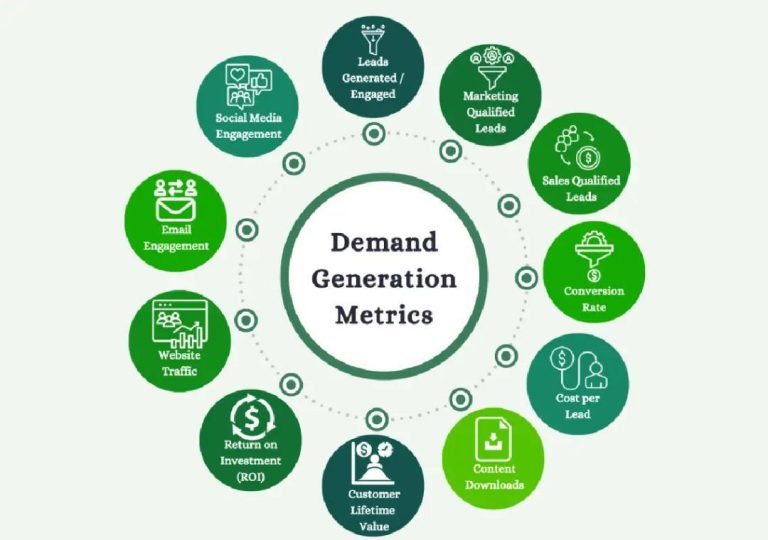
Do Your Leaders Drive Change or Just Monitor It?
In today’s fast-paced business landscape, the role of leadership has evolved significantly. Gone are the days when leaders were solely responsible for making decisions based on intuition and experience. With the advent of data analytics, leaders now have access to a treasure trove of information that can inform their decisions and shape the future of their organizations.
However, not all leaders are created equal. Some leaders are proactive, using data analytics to drive change and improve their organizations. Others, on the other hand, are reactive, only monitoring the data without taking action.
In this blog post, we’ll explore the impact that data analytics can have on an organization, and how leaders can use it to drive change rather than just monitor it.
The Power of Data Analytics
Data analytics is more than just a buzzword – it’s a game-changer. When used effectively, data analytics can help leaders make informed decisions, optimize resource allocation, and increase accountability.
Here are just a few ways that data analytics can improve an organization:
- Better Decision-Making: Data analytics provides leaders with the insights they need to make informed decisions. By analyzing data, leaders can identify trends, patterns, and correlations that might not be immediately apparent through intuition or anecdotal evidence.
- Improved Resource Allocation: Data analytics can help leaders optimize resource allocation by identifying areas of waste and inefficiency. By making data-driven decisions, leaders can redirect resources to areas that drive the most value.
- Increased Accountability: Data analytics can help leaders hold themselves and their teams accountable for performance. By setting goals and tracking progress, leaders can identify areas for improvement and take corrective action.
How Leaders Can Use Data Analytics to Drive Change
So, how can leaders use data analytics to drive change rather than just monitor it? Here are a few strategies:
- Make Data-Driven Decisions: Leaders should use data analytics to inform their decisions, rather than relying on intuition or anecdotal evidence. By making data-driven decisions, leaders can ensure that their decisions are based on facts rather than feelings.
- Set Goals and Track Progress: Leaders should set clear goals and track progress using data analytics. By setting goals and tracking progress, leaders can identify areas for improvement and take corrective action.
- Use Data to Identify Areas for Improvement: Leaders should use data analytics to identify areas for improvement and take action to address them. By identifying areas for improvement and taking action, leaders can drive change and improve their organizations.
Benefits of Data-Driven Leadership
So, what are the benefits of data-driven leadership? Here are a few:
- Improved Strategic Decision-Making: Data-driven leaders can make better strategic decisions by analyzing data and identifying trends and patterns.
- Increased Accountability: Data-driven leaders can hold themselves and their teams accountable for performance by setting goals and tracking progress.
- Improved Resource Allocation: Data-driven leaders can optimize resource allocation by identifying areas of waste and inefficiency.
- Enhanced Collaboration: Data-driven leaders can foster a culture of collaboration by sharing data and insights across departments and teams.
Conclusion
In conclusion, data analytics is a powerful tool that can help leaders drive change and improve their organizations. By making data-driven decisions, setting goals and tracking progress, and using data to identify areas for improvement, leaders can create a culture of data-driven decision-making that drives growth and success.
As the saying goes, “you can’t manage what you can’t measure.” By using data analytics to drive change, leaders can ensure that their organizations are measured, managed, and improved.
Reference
https://www.growthjockey.com/blogs/use-data-analytics-to-improve-your-organization






